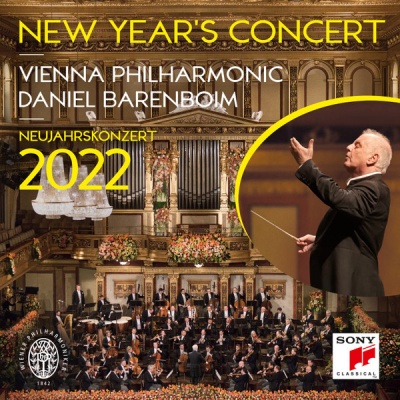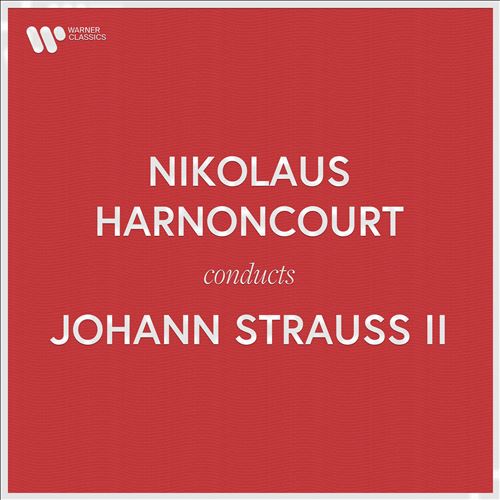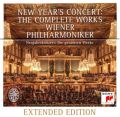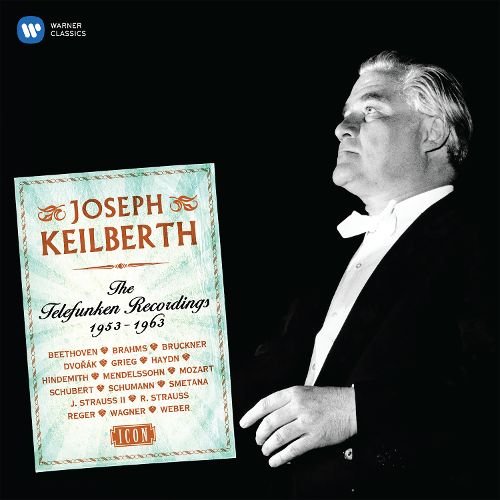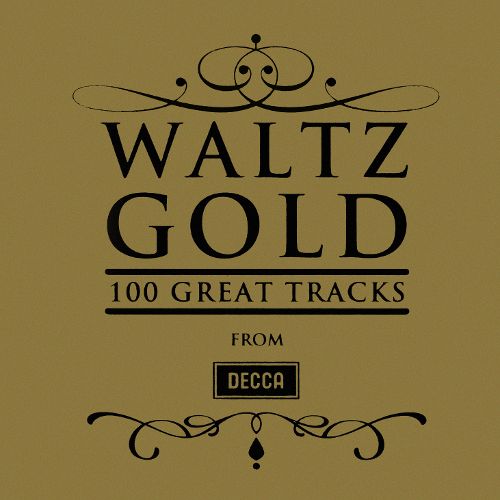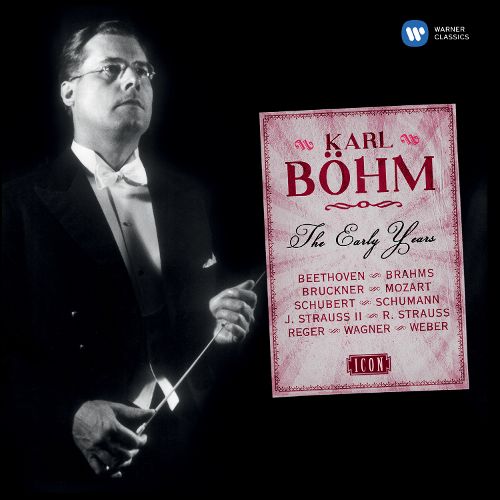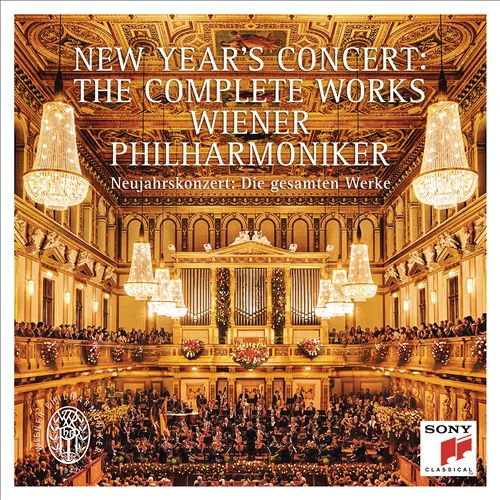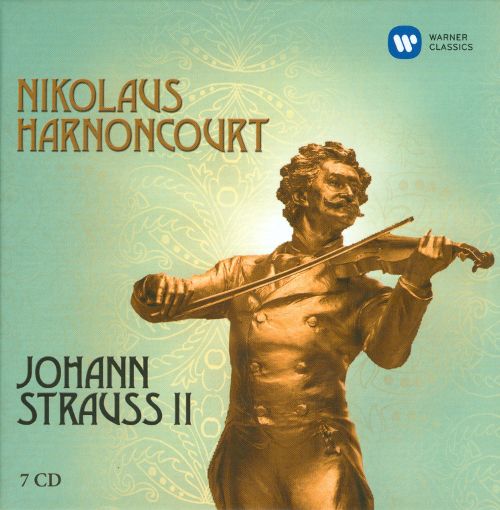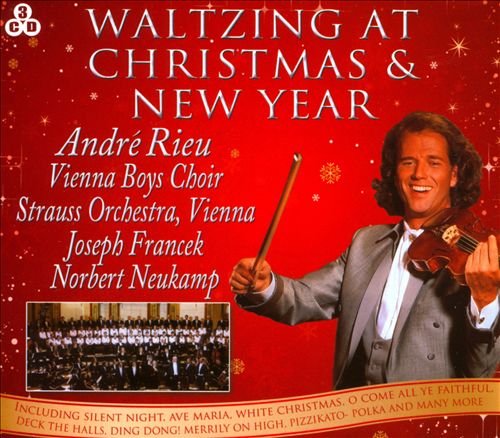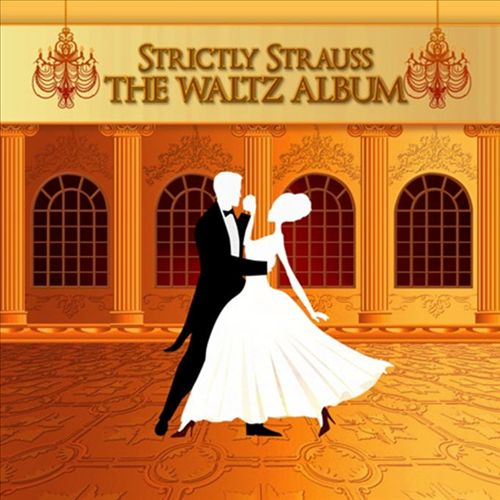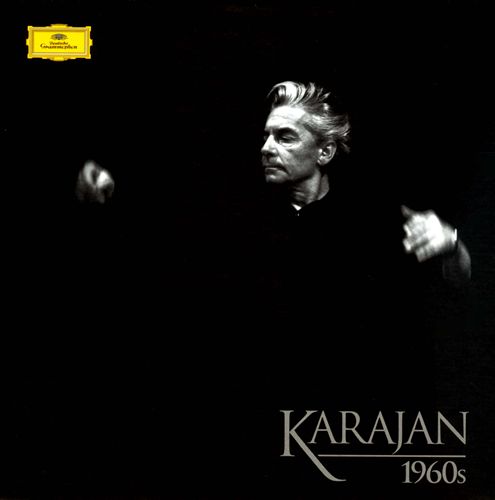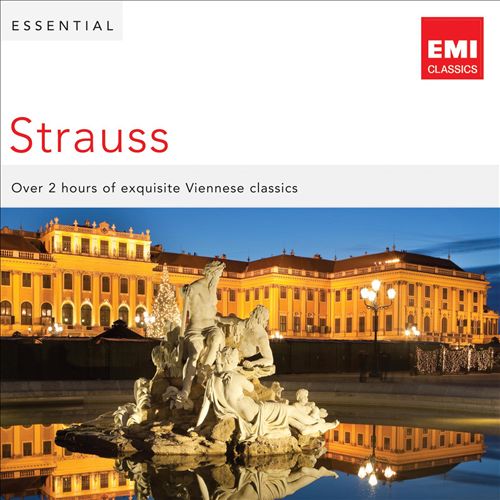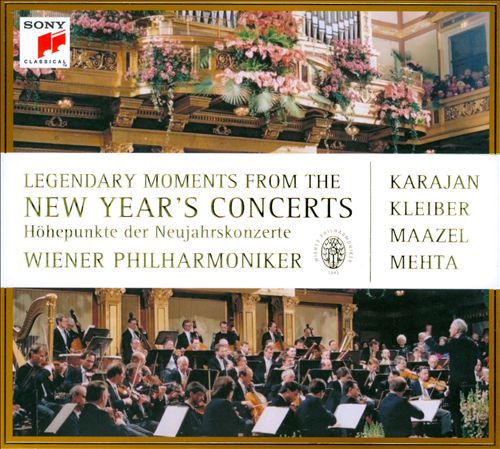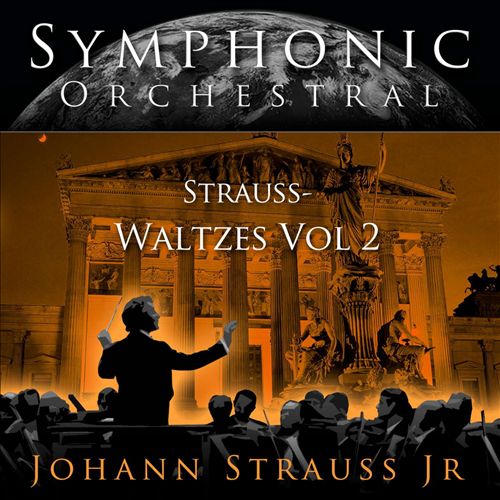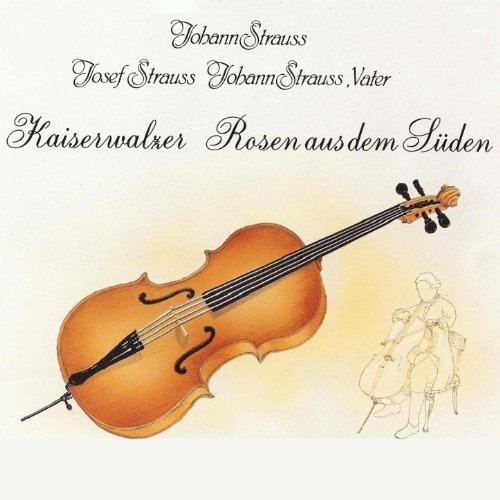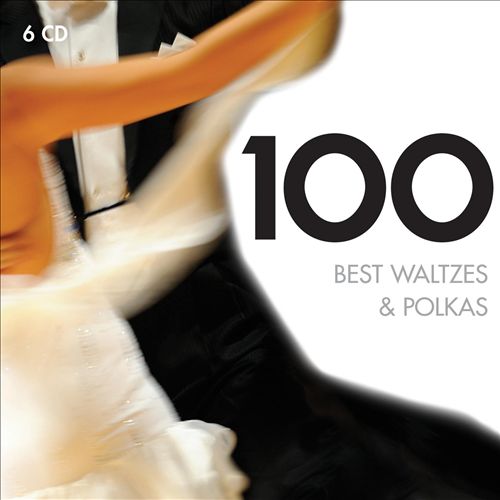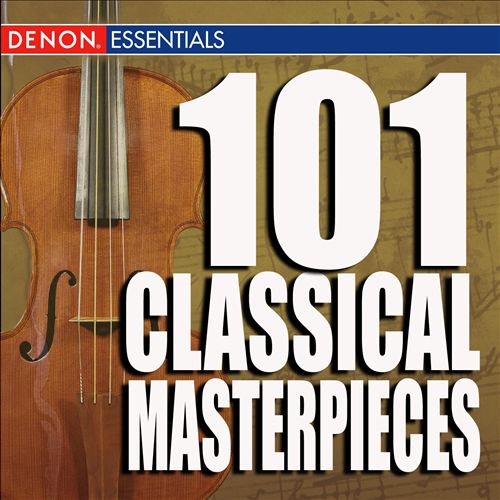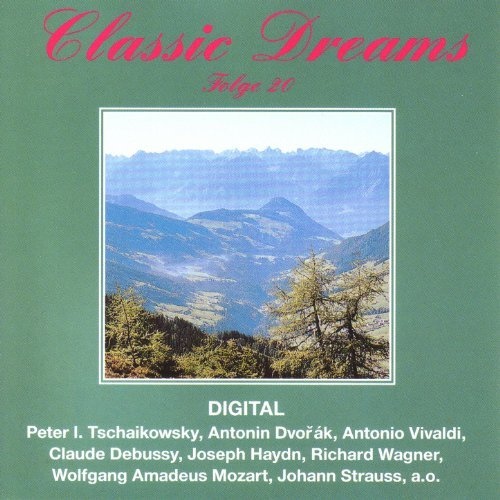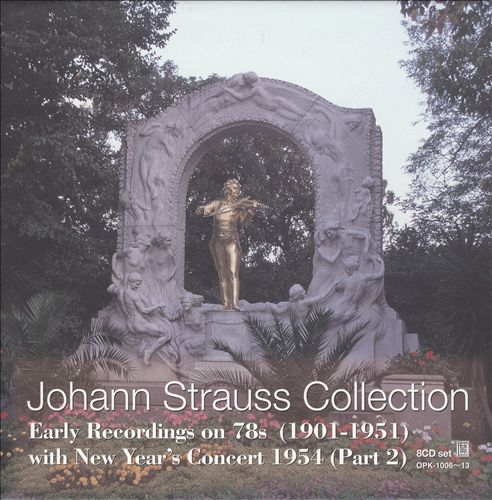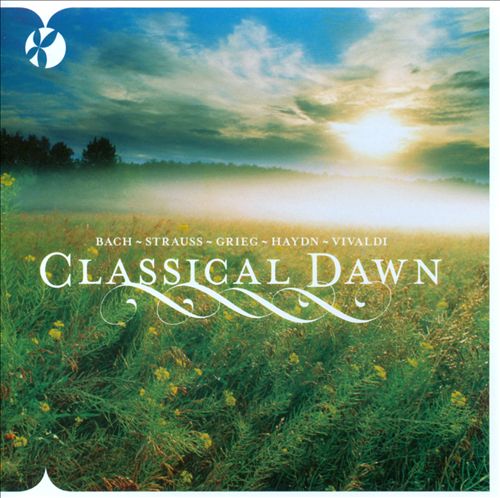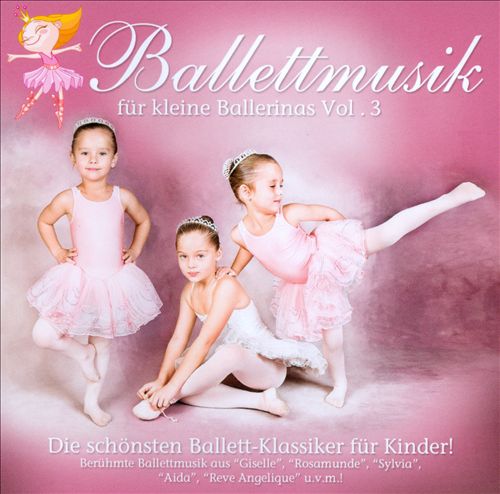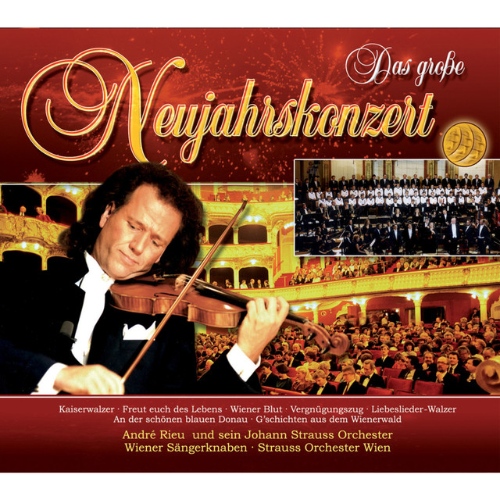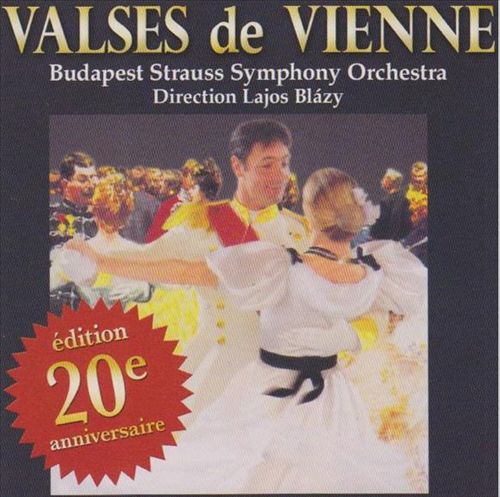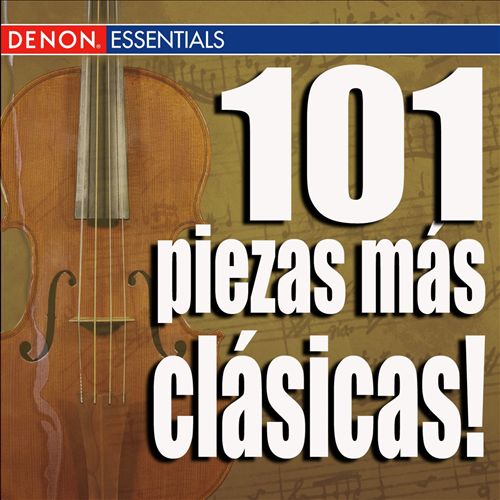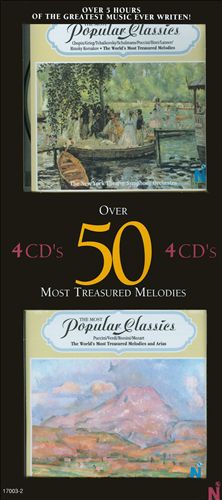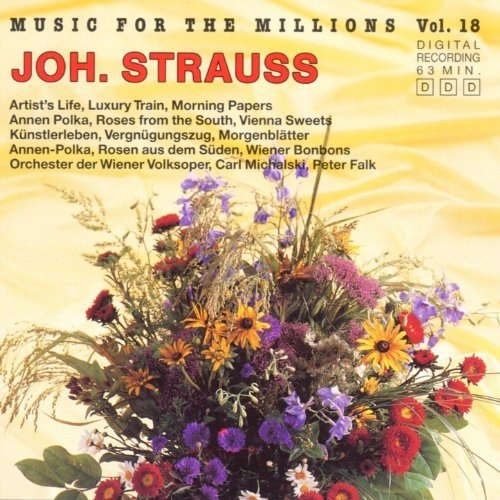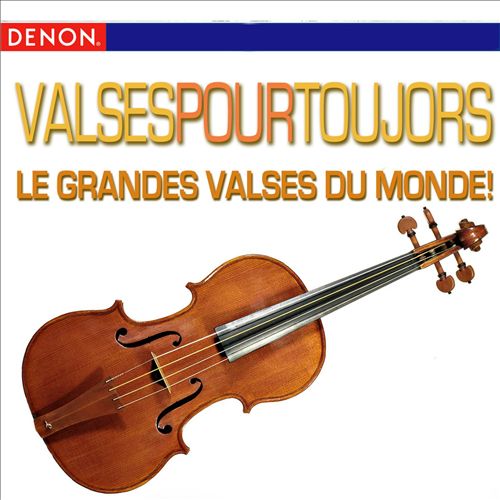Johann Strauss II (요한 슈트라우스 II)
Morgenblätter, Op. 279 (RV 279)
100
10,000
1,400
WORK INFO
작곡가: Johann Strauss II (요한 슈트라우스 II)작곡년도: 1864출판년도: 1864평균연주: 9:13Morgenblätter (Morning Journals) op. 279 is a waltz composed by Johann Strauss II in 1863. The work's genesis was attributed to the composition of another waltz by Jacques Offenbach later titled 'Abendblätter' when the French opera composer dedicated his work to the influential Vienna Authors' and Journalists' Association ('Concordia'). The Association had earlier intended the 'Abendblätter' waltz (untitled by Offenbach when first dedicated) to be played at their 'Concordia Ball' on 12 January 1864. Strauss and his orchestra was engaged to provide music for the festivity and he was also obliged to dedicate a new composition of his own. Since he was clearly aware of Offenbach's dedication, he similarly left it to the Association to decide the title of his own work. The committee, in a mood for a musical joust, titled Offenbach's work as 'Abendblätter' (Evening Papers) and Strauss' work as 'Morgenblätter' (Morning Papers). Friendly rivalry was top of their intentions though, as Strauss dutifully premiered Offenbach's work as well as his own because the latter was not present on the day in question. Despite many later fabrications that Strauss' work was initially ignored, first night press reviews do not proclaim in favor of either work although posterity seemed to pronounce in favor of Strauss' uplifting work with the 'Abendblätter' waltz being equally impressive. 'Morgenblätter' is another of Strauss' more inspired waltzes, during the time where the development of the waltz has been rapid, with varying moods immortalised amongst the 5 two-part Sections. The quiet introduction in the key of D major begins the work, with repeated chords in the bass-line. A sharp series of loud chords interrupts the playful mood and a long clarinet passage ushers in the first waltz theme in G major. Waltz 1B (in D major) carries on the exuberant mood before a repeat of waltz 1A quickly proceeds to the tranquility of Waltz 2A in C major. Waltz 3A and 3B (F major) is more robust and quicker than the previous sections whereas Waltz 4A in B flat major is quiet and brooding. Waltz 4B erupts in joy for a brief section and proceeding to repeat waltz 4A. Waltz 5A is the climax of the work, in E-flat major and is punctuated with the brass instruments, particularly the trombones. A more peaceful-sounding waltz 5B is played but the brash 5A makes another appearance. A tense coda would be quickly replaced with a reprise of waltz 2A. A furious passage of chords brought in waltz 1A again before sweeping into a joyous conclusion complete with a snare drumroll and orchestral flourish. Thomas Hardy's poem A Seaside Town in 1869 suggests that the waltz was popular in England in the late 1860s.Recordings
- Michael Lanner with his orchestra. Recorded in Berlin on March 20, 1953. It was released by Electrola Records as catalog number EG 7897.
From WIKIPEDIA
RELEASED ALBUMS
-
Prosit Neujahr! A Viennese New Year's Concert [2025]December 31, 2024
-
Neujahrskonzert 2022 / New Year's Concert 2022February 11, 2022
-
Nikolaus Harnoncourt conducts Johann Strauss IIDecember 17, 2021
-
New Year's Concert: The Complete Works - Extended EditionDecember 4, 2020
-
Joseph Keilberth: The Telefunken Recordings 1953-1963June 1, 2018
-
Waltz Gold: 100 Great TracksNovember 3, 2017
-
Karl Böhm: The Early YearsJune 2, 2017
-
New Year's Concert: The Complete Works / Neujahrskonzert: Die Gesamten WerkeOctober 16, 2015
-
Johann Strauss IIOctober 28, 2014
-
Classic Album SelectionApril 15, 2013
-
Waltzing at Christmas & New YearNovember 6, 2012
-
Strictly Strauss: The Waltz AlbumOctober 22, 2012
-
Karajan 1960sMay 14, 2012
-
Essential Johann Strauss IIJanuary 9, 2012
-
Legendary Moments of the New Year's ConcertDecember 20, 2011
-
Strauss: Waltzes, Vol. 2October 31, 2011
-
Strauss: Kaiserwalzer; Rosen aus dem SüdenOctober 21, 2011
-
100 Best Waltzes & PolkasOctober 3, 2011
-
101 Classical MasterpiecesSeptember 28, 2011
-
Classic Dreams, Folge 20September 9, 2011
-
Johann Strauss Collection: Early Recordings on 78sApril 12, 2011
-
Classical Dawn2011
-
Ballettmusik für kleine Ballerinas, Vol. 32011
-
Das Große NeujahrskonzertOctober 29, 2010
-
Valses de Vienne [20th Anniversary Edition]October 26, 2010
-
101 Piezas Mas ClasicasAugust 17, 2010
-
Over 50 Most Treasured MelodiesAugust 10, 2010
-
Music for the Millions, Vol. 18: Johann StraussJuly 30, 2010
-
50 Most Essential Classical Pieces, Vol. 2July 28, 2010
-
Valses pour Toujours: Le Grandes Valses du MondeJune 9, 2010
ALBUM MUSIC
WORKS SHOUTS



